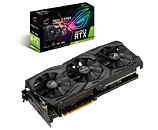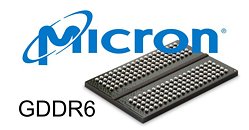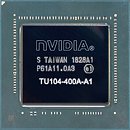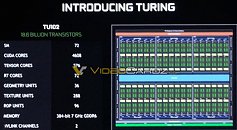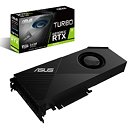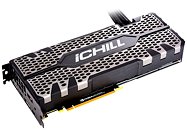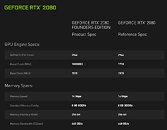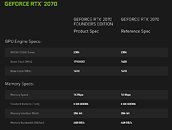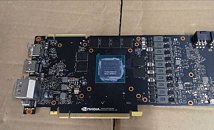
ASUS Launches the ROG Zephyrus S GX701 with GeForce RTX and 144Hz Display
Making its debut at CES 2019, the all-new ROG Zephyrus S GX701 takes hardcore gaming to the next level with the new NVIDIA GeForce RTX 20-series GPUs with Max-Q design and 8th Generation Intel Core i7 processor plus the GX701 doubles down on the display. It expands the 144Hz refresh rate screen to 17 inches, frames it with super-narrow bezels and adds NVIDIA G-SYNC and Optimus technology for the best gaming experience. The panel is Pantone Validated for serious content creation work before playing the latest blockbuster games.
Even with these upgrades and a much larger screen, the ROG Zephyrus S GX701 maintains an impressively slender profile and surprisingly compact footprint. It's more immersive, powerful, and versatile than any Zephyrus before without sacrificing the portability that defines the family.
Even with these upgrades and a much larger screen, the ROG Zephyrus S GX701 maintains an impressively slender profile and surprisingly compact footprint. It's more immersive, powerful, and versatile than any Zephyrus before without sacrificing the portability that defines the family.





